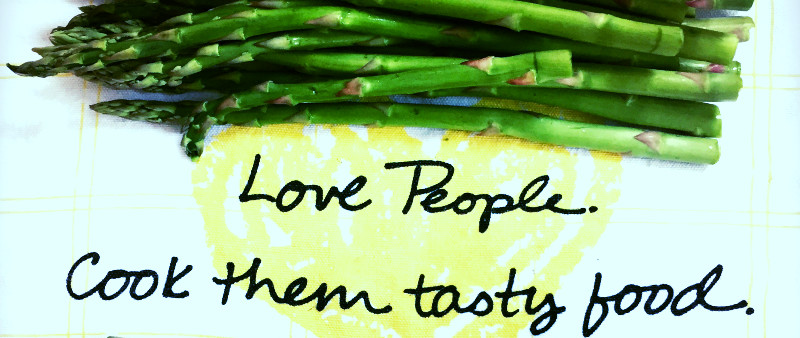
Step-by-Step:
1. Come into downward facing dog.
2. Come into a low lunge, bring your right foot forward just inside your right hand. Knee stacked over ankle. Keep a microbend in the left leg to protect the knee but firm up your quads and hammies, pressing strongly back through the heel.
3. Keep your hands or fingertips to the mat and lift the torso off the thighs, creating a long, flat back. If you are rounding through the spine, bring a block under each hand.
4. Plant the left hand as you lift your right up to the sky, twisting to the right. Gaze up at your right hand.
5. Take 10 deep breaths, lengthening out the crown of the head on the inhale and twisting deeper on the exhale
6. Slowly unwind, coming back to center, right had to mat. Press the floor away, coming back into down dog.
7. Repeat steps 2-6 on the other side.
8. Come back to downward facing dog and pedal your feet from side to side.

This contralateral twist is so good for your middle back digestive. It will also help eliminate rigidity in the upper back, chest and shoulders–aka more ROM (range of motion)!
How it will heal you:
Hip Pain – The best way to prevent and treat hip pain is to increase your ROM (range of motion) in all directions. If you play a sport like soccer, which involves a lot of explosive movement and running, you are particularly susceptible to hip pain. As you work into this hip-helping posture, chances are high that you’ll notice that one hip will be tighter than the other. To bring balance to the body, be sure to hold postures for 10 extra deep breaths on the side that’s talking to you. Use your breath to calm your nervous system and let the body open.
Knee Injuries – We all know someone that has torn their meniscus, had a knee replacement, or had some sort of debilitating knee injury. Our knees take a serious beating from all of the physical stuff we do day in and day out—not to mention the high heels some of us ladies rock to look lovely but brutalize our bodies from the tippy toes on up. The best way to prevent pain and avoid trouble is to keep the hips, IT band and hamstrings strong and flexible. Hips, IT band and hamstring mobility keeps the work in your bigger muscle groups (hamstrings and quadriceps) rather than the body’s default of looking to the place of least resistance–which is almost always the knee joint–for speed, power and agility. If you give the body freedom to move using your large muscle groups and stabilizers it will learn not to rely upon vulnerable and complex joints.
Shoulder Pain – Football, lacrosse, and baseball players know shoulder pain. As a yogi, I can also vouch for the frequency of shoulder injuries in yoga–a misaligned jump-back to chaturunga is one of the fastest ways to wreck your rotator cuffs. Shoulders, like hips, are a ball-in-socket joint and thus are designed to have a broad ROM (range of motion). Athletes and office bees alike experience a lot of shoulder pain because not enough attention gets paid to maintaining the flexibility of this critical joint. Increase the openness of your wrists, chest and upper back to prevent and treat discomfort. Additionally, focusing on contralateral movement (i.e. twists) will help to eliminate rigidity from the upper body.
Wrist Problems – Football, lacrosse, baseball, tennis and basketball players are incredibly susceptible to wrist injuries. Amongst others, yogis should be added to that list–just ask two of my fellow yoga teachers who went through training with me and are still modifying their Down Dog months later. In order to avoid wrist issues, it’s critical that you build strong forearms, biceps, triceps, shoulders and upper back. Like all other joints, it’s also important to maintain ROM (range of motion) and flexibility in the joint itself as well as the elbows and shoulders so that the body can maintain proper form and alignment when generating power and movement from the upper body and arms.
Foot and Ankle Issues – I can’t tell you have many times I wrenched my ankle playing soccer and field hockey as a kid, or more recently while hiking and running. Ankle sprains, Achilles tendonitis and plantar fasciitis are three very common foot and ankle injuries. These injuries are no fun because let’s face it, when our foundation is out of whack everything else is thrown off and dysfunctional. The answer to avoiding these frustrating beasts of burden is to strengthen the ankle, increase the flexibility of the ankle and toes and work on your balance. Not only does this require concerted effort to increase the openness in these areas but it also means more core work. Core is your key to stability, meaning you’ll be less likely to get thrown off balance and tweak something if your abdominal and back muscles are strong.















